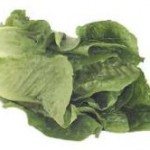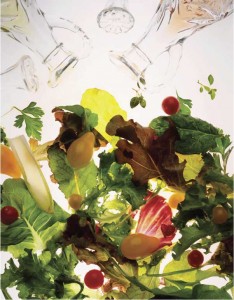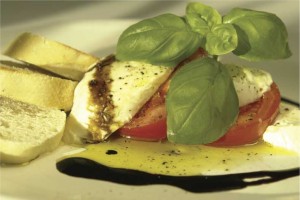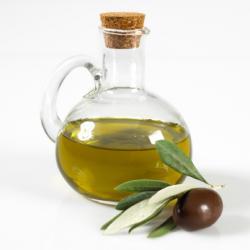 Whether you’re making a leafy green, lettuce, spinach or vegetable salad, it is the salad dressing that brings flavor and quality to the dish. The number one ingredient used for making hundreds of gourmet salad dressing recipes is a premium bottle of Extra Virgin Olive Oil (EVOO).
Whether you’re making a leafy green, lettuce, spinach or vegetable salad, it is the salad dressing that brings flavor and quality to the dish. The number one ingredient used for making hundreds of gourmet salad dressing recipes is a premium bottle of Extra Virgin Olive Oil (EVOO).
Salad dressing using olive oil is the best recipe for any salad since extra virgin olive oil is healthy and full of flavor. It promotes good health with its antioxidants and monounsaturated fat (good fat). Learn more about extra virgin olive oil and your health, then let’s get the basic measurements of how to make perfect oil and vinegar salad dressing that will work for many different salads.
Learning how to make oil and vinegar salad dressing is as easy as 1-2-3. To make a basic salad dressing with olive oil and vinegar, also known as a basic viniagrette dressing, whisk together 3 parts olive oil to 1 part vinegar until it thickens (emulsifies). Depending on the type of vinegar or taste, add approximately 1/3 part sweetener such as honey, agave, or maple syrup. If you’re using a good balsamic vinegar, use a 2:1 ratio of olive oil to vinegar and skip the sweetener.
Basic Viniagrette Dressing per 5 cups lettuce (6.5 oz bag)
- 3 tablespoons extra virgin olive oil
- 1 tablespoon flavored vinegar (NOT white distilled)
- 1 teaspoon (1/3 tablespoon) honey/agave/maple syrup (optional)
Whisk with small 8″ whisk in a glass measuring cup or small glass bowl until thick. Preparation time: 2 minutes
Basic Balsamic Viniagrette Dressing per 5 cups lettuce (6.5 oz bag)
- 3 tablespoons extra virgin olive oil
- 1.5 tablespoon aged Modena Balsamic vinegar
Whisk with small 8″ whisk in a glass measuring cup or small glass bowl until thick. Preparation time: 2 minutes
VARIATIONS
There are countless variations of the viniagrette recipe depending on the types of lettuce used, the flavor of vinegar and your salad topping ideas.




![watermelon[salad]](http://bettersalad.com/wp-content/uploads/2010/06/watermelonsalad.gif)



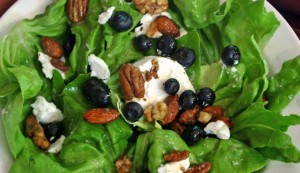
![watermelon[salad]](http://bettersalad.com/wp-content/uploads/2010/06/watermelonsalad-300x207.gif)
